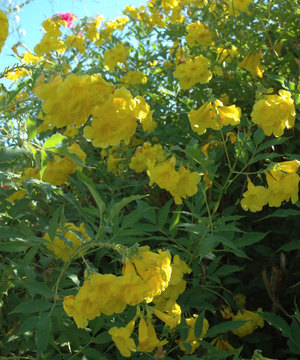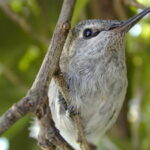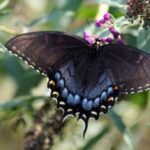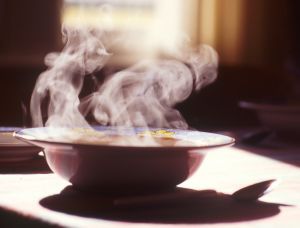This beautiful plant is one of my favorite shrubs in the garden – I have three. Yellow Bells produce bell-shaped flowers beginning in spring through the fall months. Hummingbirds and butterflies are attracted to the flowers. The vibrant green foliage and colorful flowers make this shrub a welcome addition to the landscape.
Yellow Bells is a large shrub that grows to a height of 4 – 10 ft. It spreads to about 3 – 8 ft. wide. It’s native habitat is found in the Americas. There are two different types; Tecoma stans angustata and Tecoma stans stans. Visually, the only significant difference is in the shape of the leaves. Tecoma stans stans had a wider leaf and is pictured above and below.
USES: Because of its size, this large shrub makes a great backdrop plant. I have used it to screen fences, sheds and also planted it up against the house. Yellow Bells works well as a tall, naturally-shaped hedge. This shrub thrives in full sun to filtered shade. They do best in warm-winter areas, but can be treated as an summer annual in cooler areas.
MAINTENANCE: This shrub is relatively low-maintenance. It will freeze back in the winter months when temperatures go below 28 degrees F. Since it blooms on current season’s growth, all that is really required is to prune back the frost damage in early spring. Seed pods are produced and can be removed if desired, which will extend the bloom period and improve the appearance, (the seed pods do not bother me and I do not remove mine). After an initial application of slow-release fertilizer when planting Yellow Bells, I have not needed to fertilize further.
COMMON NAMES: There a many different common names for these beautiful shrubs. Tecoma stans angustata is native to the Southwestern US and Northern Mexico and goes by the names Arizona Yellow Bells, Yellow Bells, Yellow Trumpet Bush. Tecoma stans stans is native to Florida, the Caribbean and parts of South America and goes by the name of Yellow Bells and Yellow Elder. Because of the overlap of common names, be sure to purchase the plant based on their scientific name.








